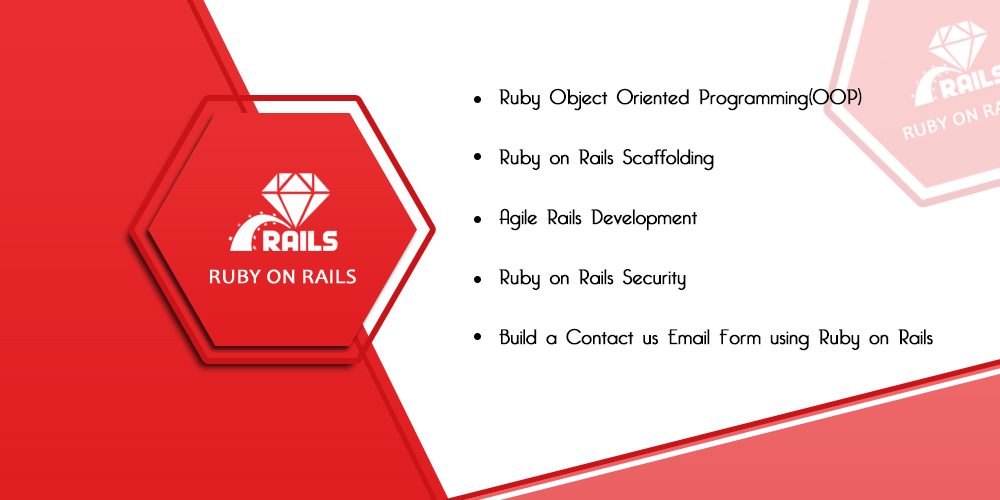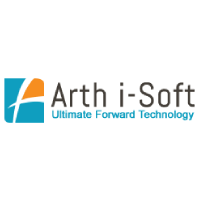Menu

















Building and maintaining your store is easy with Magento. Whether you’re looking for official documentation or Magento-certified partners, you’ll find a wealth of information here. Visit the Beginner’s Guide to Magento eCommerce Platform if you’d like to learn more about Magento.

702/703, Iscon Emporio, Nr. Star Bazaar, Jodhpur Cross Roads, Satellite, Ahmedabad, Gujarat – 380015
719, Shekhar central, AB Rd, Manorama Ganj, Indore, Madhya Pradesh 452018
(+91)93272 87700
© Ahmedabad Computer Education 2024, All Rights Reserved.
We are waiting for your application!
